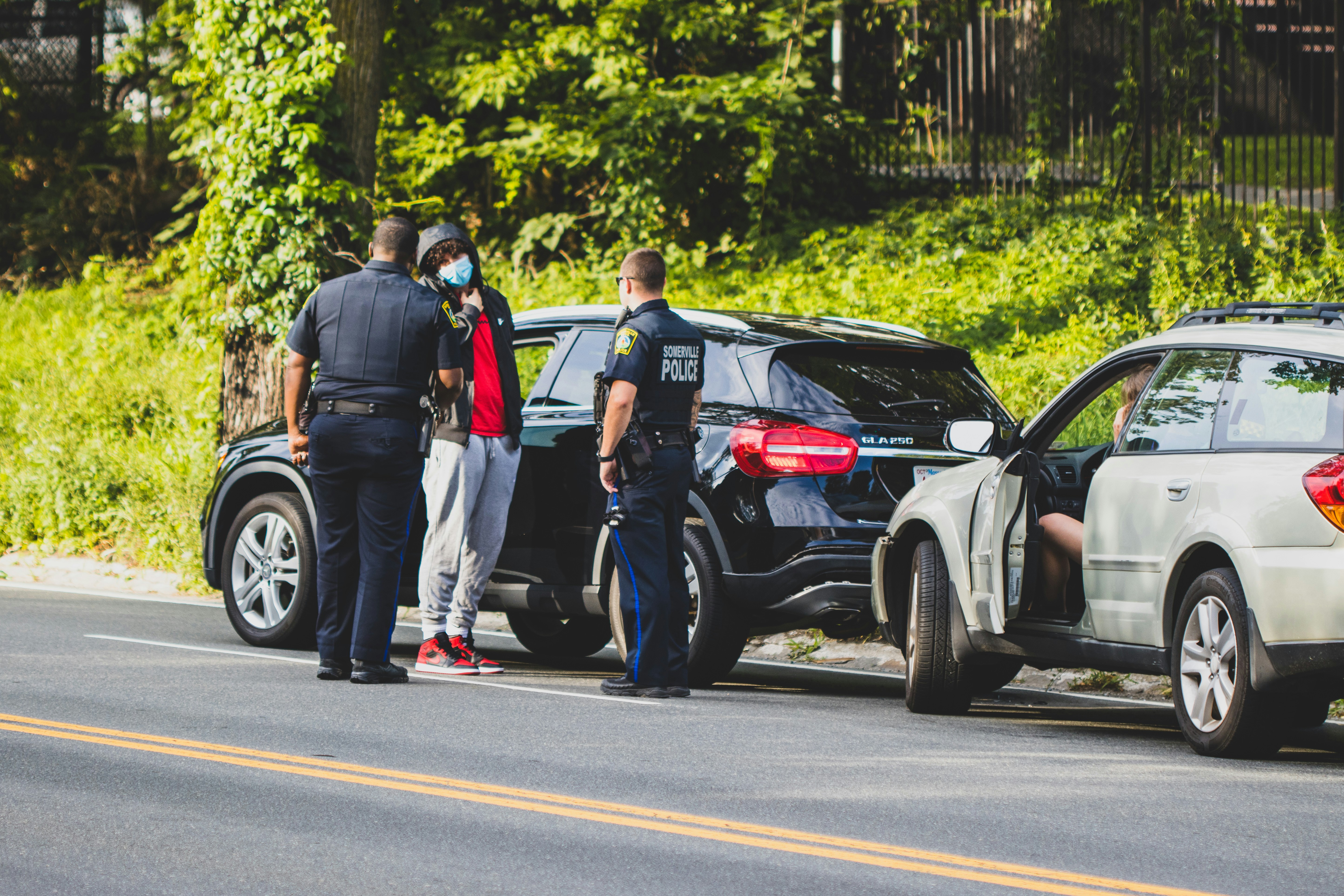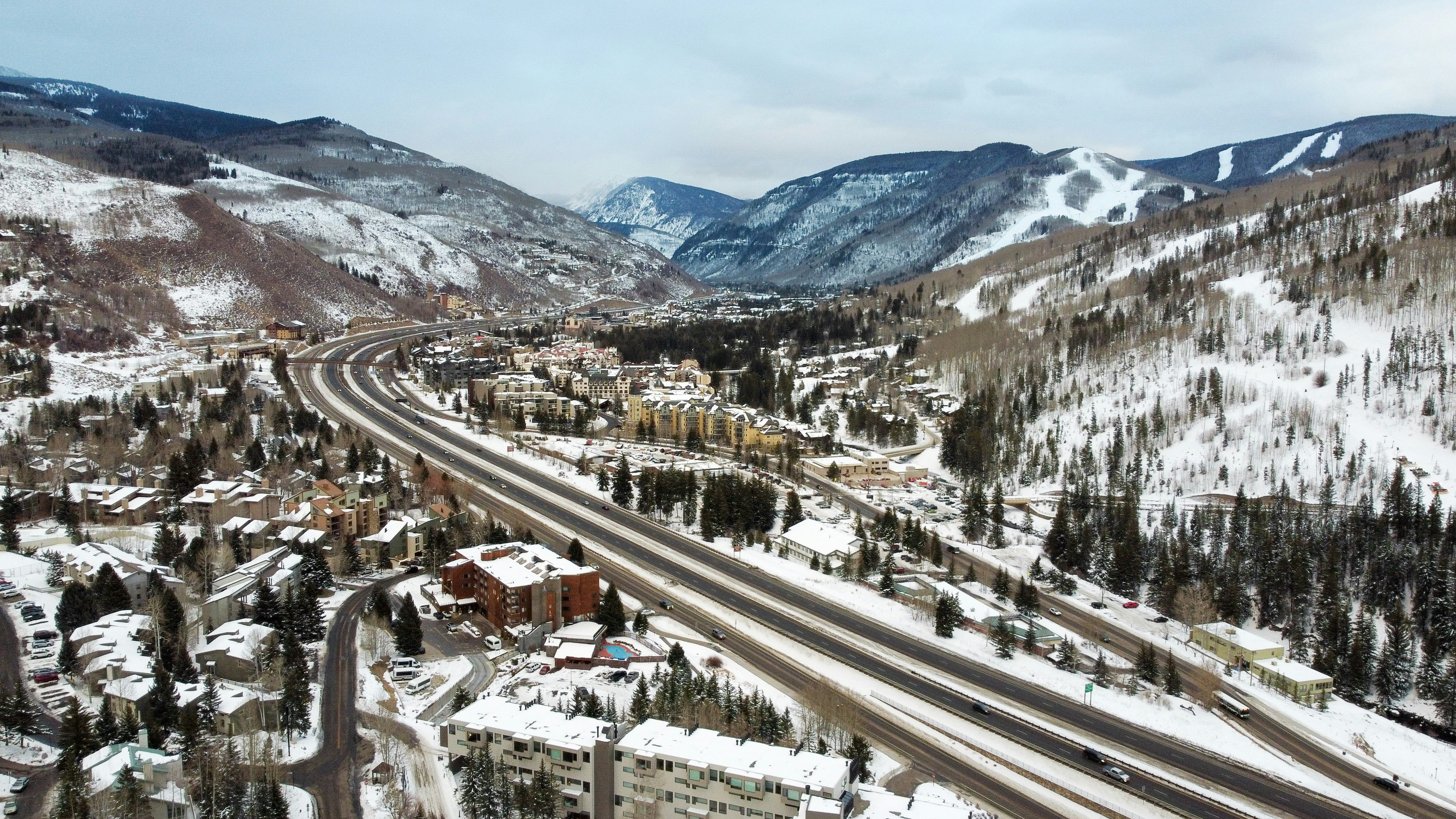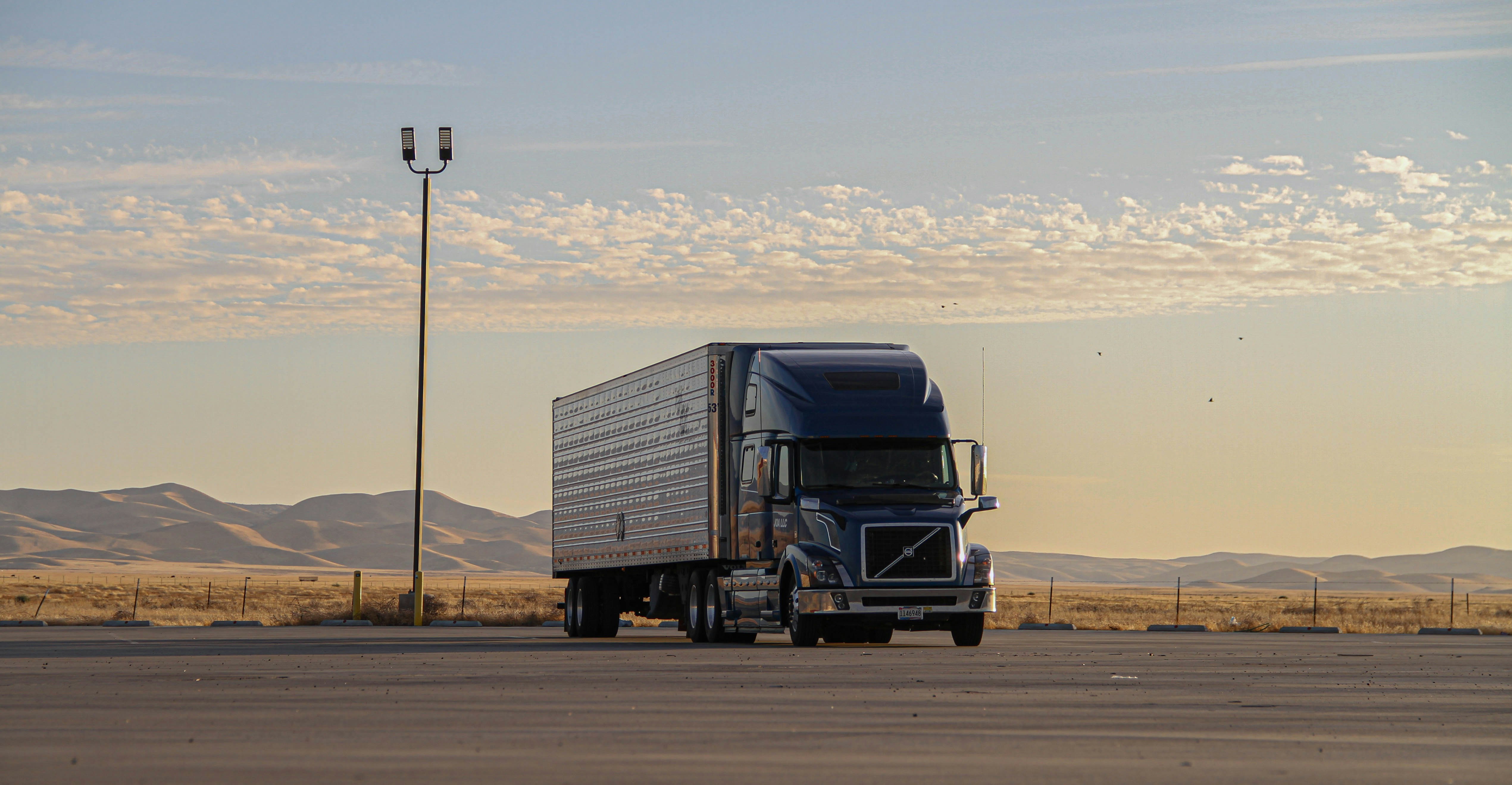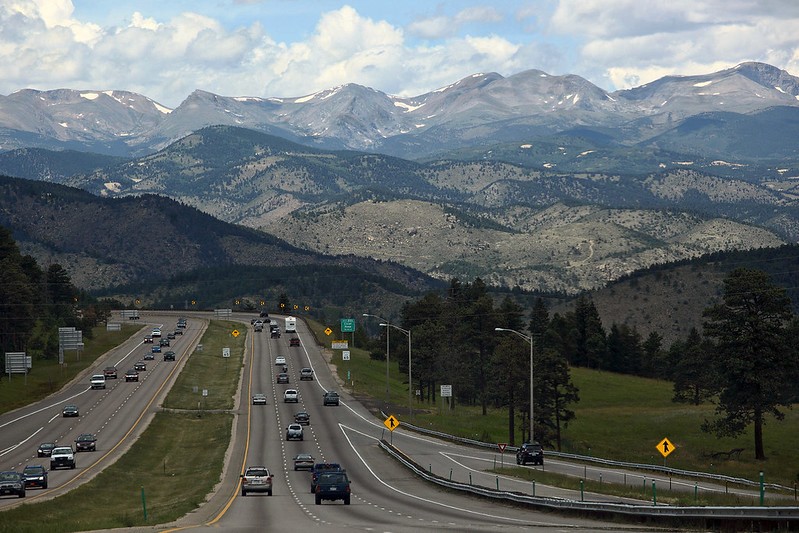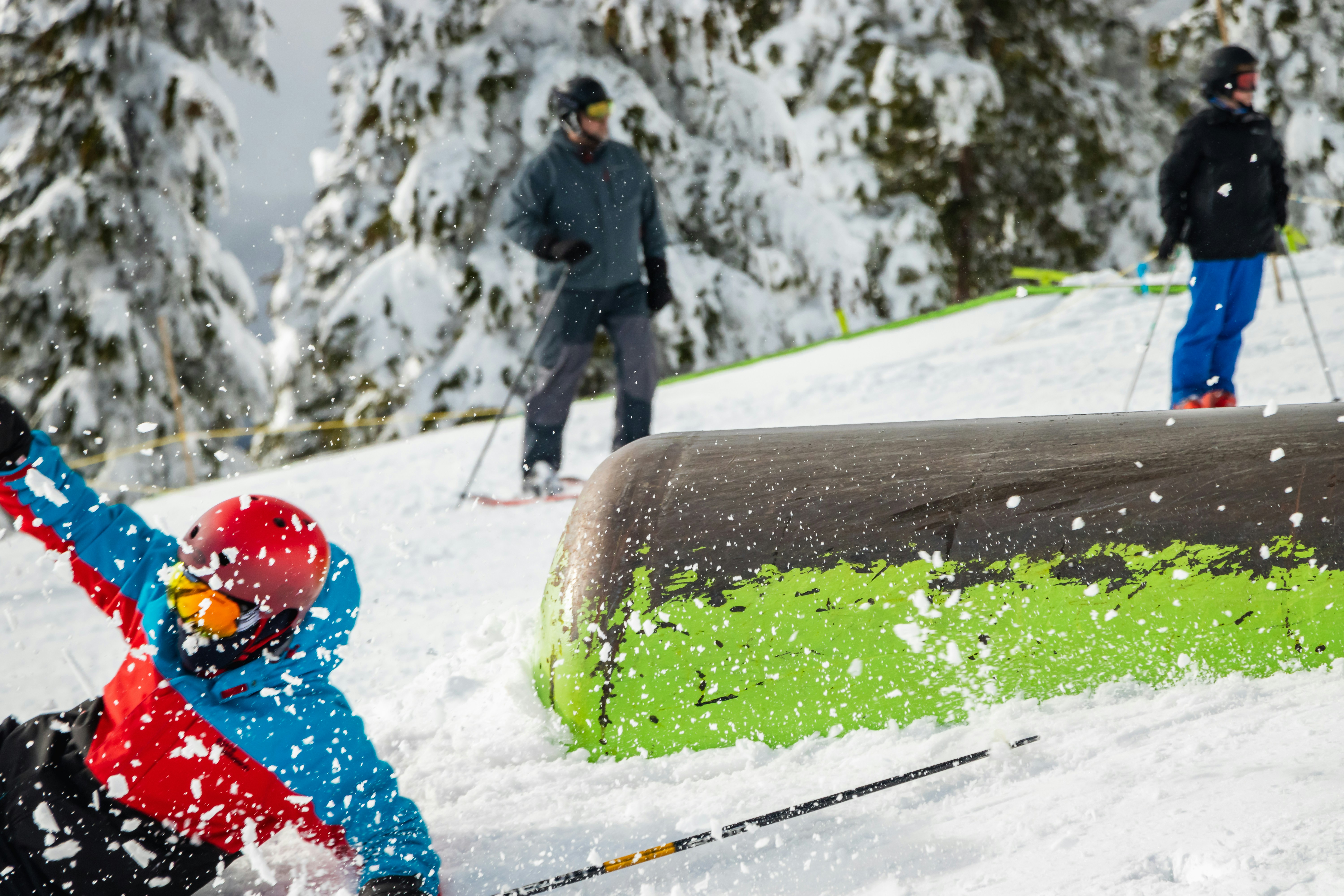What to Do After a Hit and Run Accident
Post date :
June 24, 2025

Founder, Western Slope Law
Hit-and-run accidents are becoming alarmingly frequent on Colorado roads. Statewide data shows a sharp increase in drivers fleeing crash scenes in recent years. In 2022 alone, the Colorado State Patrol investigated roughly 2,700 hit-and-run crashes, and an additional 729 hit-and-run incidents occurred in just the first three months of 2023.
This uptick is not only a Front Range problem; even Western Slope communities like Glenwood Springs and surrounding areas have seen their share of hit-and-run tragedies. Many cases involve not just collisions between vehicles, but also drivers striking pedestrians or cyclists and then speeding off. In fact, roughly two-thirds of hit-and-run victims in Colorado are pedestrians or bicyclists.
Why Hit-and-Run Accidents Are Different from Typical Car Crashes
Hit-and-run accidents are uniquely challenging in several important ways. Unlike a typical fender-bender where both drivers stop and exchange information, here one party has illegally fled. This creates immediate hurdles for victims seeking help or compensation.
Criminal investigation overlap
Hit-and-run isn’t just a traffic violation; it’s also a crime. Law enforcement will launch a criminal investigation to find and prosecute the fleeing driver. This means accident victims are suddenly part of an active police case, dealing with detectives and possibly needing to give statements or evidence. The crash scene becomes a crime scene, which can complicate the gathering of information. Authorities in Colorado emphasize that leaving an accident scene can lead to serious felony charges, so the incident involves both criminal and civil law from the start.
Lack of at-fault driver information
In a normal crash, you exchange insurance and contact details with the other driver. In a hit-and-run, you often have no idea who hit you. There’s no driver’s name, no license plate (unless a witness caught it), and no insurance information from the perpetrator. This uncertainty leaves victims in a frightening limbo. You might be left with only a description of the vehicle or nothing at all. Police will try to track down the offender – reviewing traffic cameras, interviewing witnesses, and following tips – but until that person is identified, you’re essentially dealing with an “invisible” defendant. Not knowing who the at-fault driver is makes it much harder to hold someone accountable or even to anticipate who will cover the damages.
Limited or delayed insurance support
Because the offending driver isn’t immediately known, insurance claims become more complicated. In a typical accident, you’d file a claim against the at-fault driver’s insurance right away. Here, there is no other party’s insurer to contact on day one. This can lead to delays in getting your vehicle repaired or medical bills paid. Your own insurance might eventually step in, but there are often waiting periods or requirements like filing a police report promptly when it’s a hit-and-run. Victims frequently face frustration as they notify their insurer, only to be told that coverage determination will take time since the other driver remains unidentified. In short, the usual support systems after a crash are stalled or uncertain after a hit-and-run.
Insurance Challenges After a Hit-and-Run
Dealing with insurance after a hit-and-run accident can feel like navigating a maze. Since the responsible driver vanished, the typical claim process is disrupted. Victims in Western Colorado often find themselves asking: “Who will pay for my car repairs and medical bills if I don’t know who hit me?” Here are some common insurance challenges you might face after a hit-and-run, and what they mean:
Uninsured motorist (UM) claims
In Colorado, an unidentified hit-and-run driver is legally considered an “uninsured motorist” for insurance purposes. This is where your own Uninsured Motorist (UM) coverage comes into play. If you carry UM coverage on your auto policy, it can step in to cover your injuries and damages when the at-fault driver is unknown or has no insurance.
Colorado insurers are required to offer UM coverage (up to your liability limits) unless you explicitly waived it . Using UM coverage after a hit-and-run can help pay for medical expenses, lost wages, and pain and suffering, but you’ll need to follow your policy’s rules – usually this means reporting the hit-and-run to police promptly and cooperating with the investigation. Keep in mind that UM coverage typically covers bodily injury; damage to your vehicle may be handled by collision coverage or a property damage claim if available.
Insurer delays or denials
Unfortunately, some victims encounter resistance from insurance companies when filing hit-and-run claims. Your insurer might delay processing your UM claim while they wait to see if police find the other driver. They could also scrutinize your claim to ensure the incident was truly a hit-and-run and not a fraud situation. In worst cases, insurers might initially deny coverage, arguing lack of evidence that a hit-and-run occurred.
This can be incredibly frustrating when you’re hurting and need your bills paid. Promptly filing a police report and documenting the accident scene can strengthen your insurance claim and rebut delays. Still, be prepared for the process to take longer than a standard claim – persistence is key.
Coverage disputes
Even when insurance does kick in, there may be disputes over coverage limits and liability. For example, if your injuries are severe, you might quickly hit the limit of your UM policy. Or, there could be a dispute about whether your situation qualifies under UM at all (some policies have specific requirements for hit-and-run claims, like evidence of physical contact with the other vehicle).
There might also be questions about which insurer should pay – if you were a passenger or driving a company vehicle, multiple insurance policies could potentially apply. Navigating these coverage issues often requires careful reading of policy language and sometimes negotiating or fighting denials.
Injured pedestrians/cyclists without auto policies
A special challenge arises if you were on foot or on a bicycle and you personally don’t have an auto insurance policy. Pedestrians and cyclists hit by a fleeing driver can’t file an auto insurance claim against themselves. In Colorado, they would look next to any auto insurance household policies that might cover them.
If no such coverage exists, these victims may have to rely on health insurance for medical bills or seek assistance from Colorado’s Crime Victim Compensation fund. This scenario can leave injured pedestrians and bicyclists feeling especially vulnerable – they’re dealing with serious injuries, no immediate insurance to claim against, and the knowledge that the driver who hurt them hasn’t been caught.
How a Lawyer Can Help in a Hit and Run Accident
The aftermath of a hit-and-run is overwhelming – medical appointments, car repairs, and talking to police – but legal help is available to lighten that load. By contacting a lawyer like Western Slope Law who understands hit-and-run cases, you take an important step toward protecting your rights, holding the wrongdoer accountable, and securing the compensation you need to rebuild your life. Don’t let a hit-and-run driver rob you of justice – reach out for professional legal support and let an experienced lawyer fight for you while you focus on healing.










